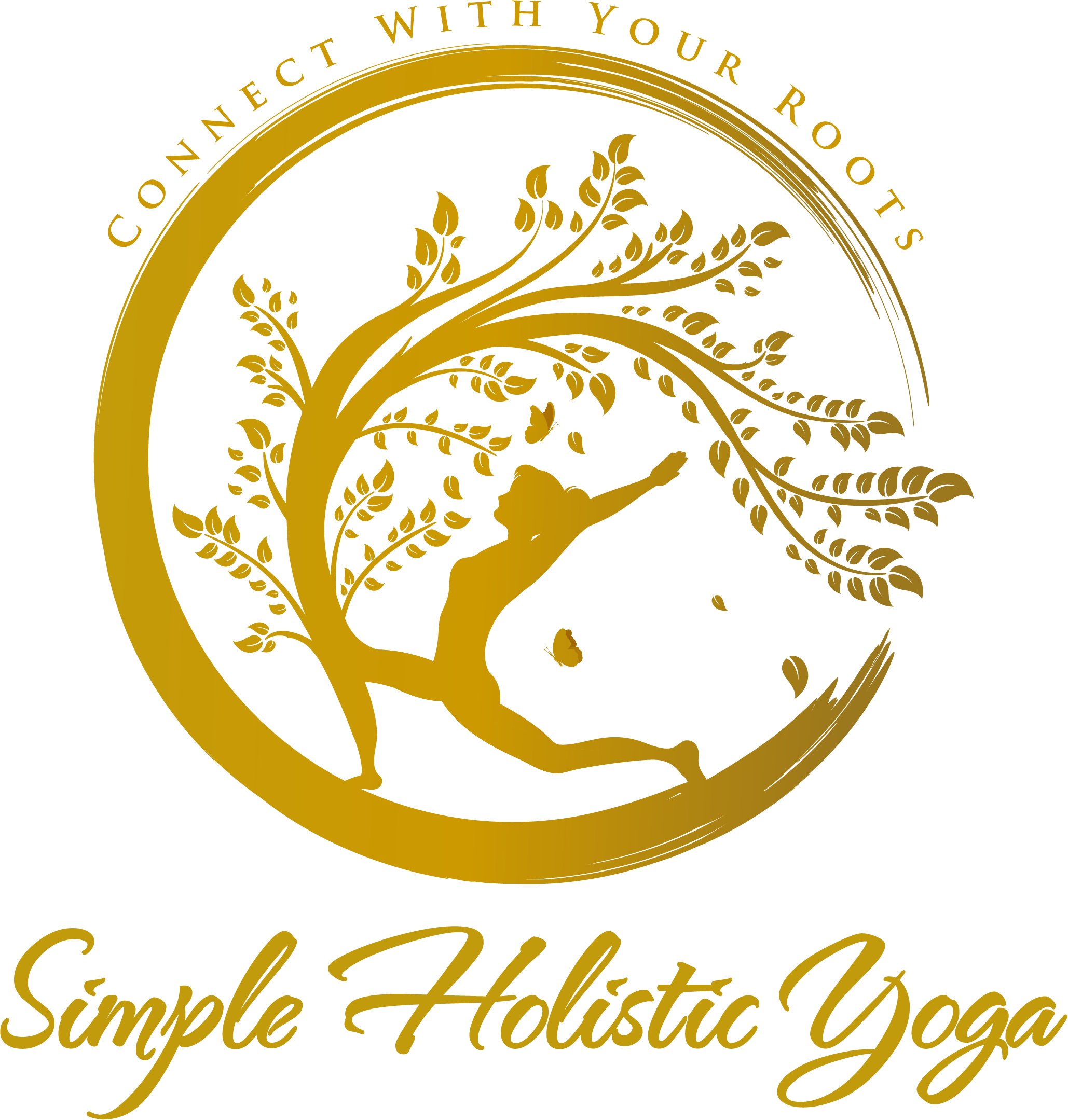QUESTIONS
Someone asked me the other day – “What is the correct shoulder alignment in forward bends? How do I know if I am doing it correctly?”
Great question I thought, and an absolute “must address article” for this blog. That is because what I am going to explain below holds true not just for forward bends, but also for a lot of other yoga poses like – Crescent Lunge, Warrior I, Warrior II etc.
MY ANSWER
The thing is – We can cue all we want! But if the cue is not understood and implemented correctly by the practitioner, then this could breed injury over time. So I generally like to conduct some exercises with my students to help them understand the movement pattern. Here we go…
Exercise: While seated or standing, try to rotate both your shoulders back a couple times in a circular motion. The 2 key things to notice here are –
- How your shoulder blades move “with” your arm, when you do this circular motion.
- When you descend your shoulders onto the back, notice how your shoulder blades come close together. It almost feels like they come home and lock naturally into place.
(1) & (2) put together, is what your shoulder placement should be when you do some of the yoga poses mentioned above.
[bctt tweet=”The thing is – We can cue all we want! But if the cue is not understood and implemented correctly by the practitioner, then this could breed injury over time.” username=”SimpleHolisticYoga”]
CONTROVERSIAL SHOULDER CUES
If you’ve taken yoga classes, you may have heard some of these cues already:
- Pull your shoulder blades down the back
- Relax your shoulders away from your ears
- Hug your shoulder blades together
These cues are quite controversial, and you will find a wealth of articles discussing that on the internet. I am not going to get into anatomy and bio-mechanics as some of these articles do. They are not quick reads or easy to grasp quickly, unless you have a background in physiology. So I am going to keep the terminology simple!
[bctt tweet=”Some of these common shoulder cues are quite controversial…” username=”SimpleHolisticYoga”]
HOW IS WHAT I SAID DIFFERENT FROM THE CONTROVERSIAL CUES?
It’s not…
After reading my answer above, it may have seem to you that I asked you to do exactly what those common cues suggested. Yes, that is correct! But going back to want I mentioned earlier – it all depends on how the practitioner applies the cues.
Right Way: When you stand in Mountain Pose/Tadasana and raise your arms up in the air, you want your shoulder blade to lift with the arms, and you want them to externally and upwardly rotate as in the exercise above. And only then you descend the shoulders slightly down the back while your arms are still lifted.
Wrong Way: The problem arises when a practitioner has raised his hands up while internally rotating the arms. This also causes a tight and constrained appearance between the shoulders and the ears. And if in this incorrect posture the instructor gives this practitioner a cue to “move the shoulders away from the ears”, it has the potential to cause neck & shoulder injury over time.
So this in simple terms is what the controversy is behind some of the common shoulder cues. It’s not that the instructors don’t know what they are cuing. It’s just that cues apply differently to different individuals.!
